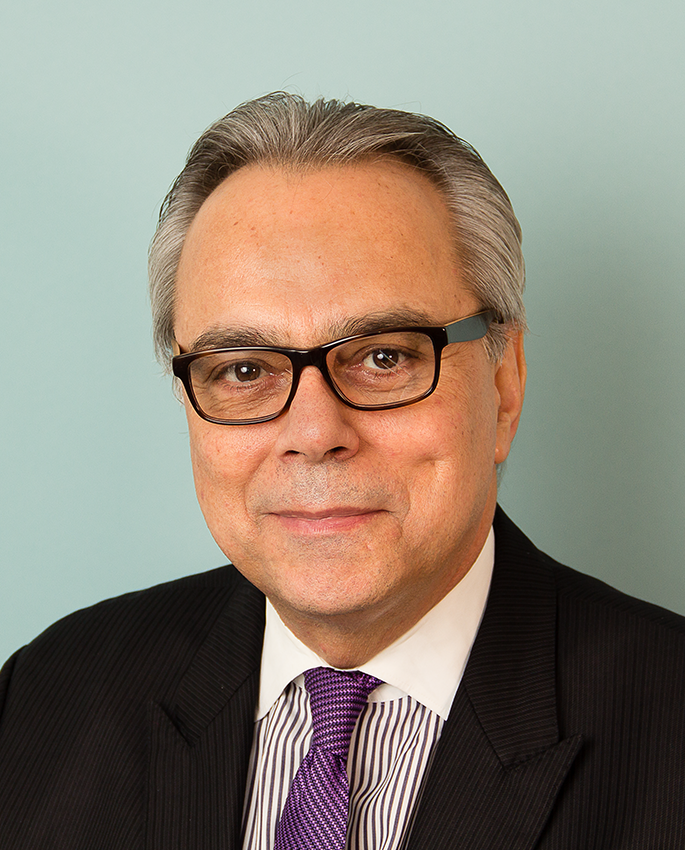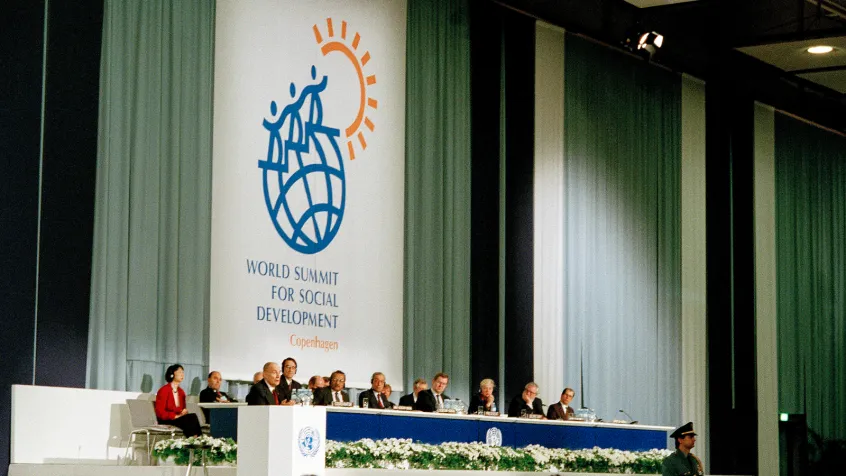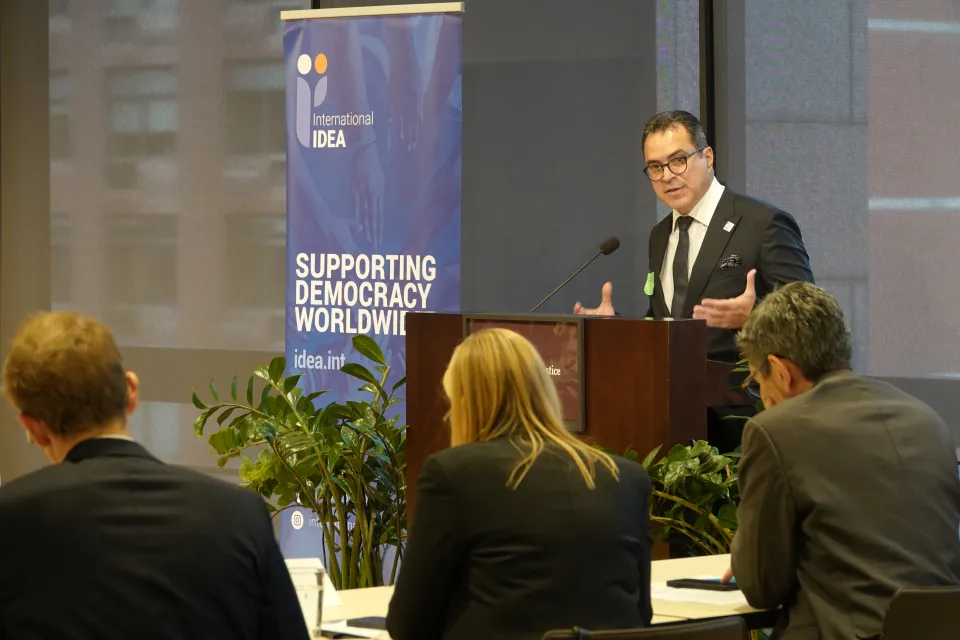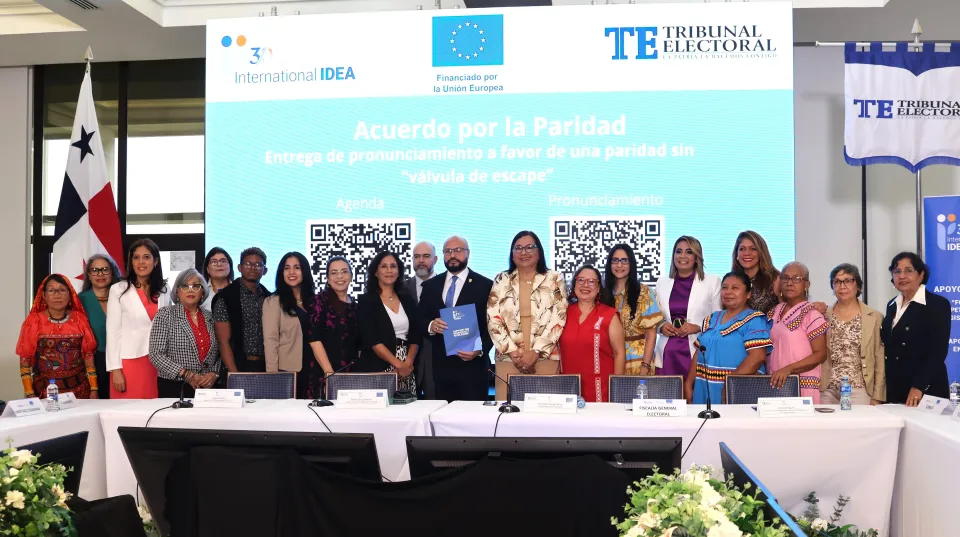Runoff election in Costa Rica, What the Latin American experience teaches us

Costa Rica, along with Guatemala and El Salvador, is one of the Central American countries with the longest-standing experience of providing for runoff or second-round elections in its legislation.
Este artículo se encuentra disponible en Castellano.
Runoff elections in Costa Rica (similar to the trend throughout the region) became more common in recent decades, coinciding with the end of the two-party system and increased political fragmentation. In effect, no runoff elections were held during the long period from 1953 to 1998. The phenomenon was seen for the first time in the 2002 election to define which of the two top vote-getters, PLN candidate Rolando Araya and PUSC candidate Abel Pacheco, would be the next president; the latter won. The second time it occurred in the 2014 elections, in the form of an unprecedented second-round election (in that the candidate of the governing party decided not to campaign in the second round) that featured PLN candidate Johnny Araya and the opposition candidate of the PAC, Luis Guillermo Solís, who emerged victorious. The third runoff election, which will take place next April 1, has the particularity that (for the first time) neither of the two candidates (Fabricio Alvarado of the PRN and Carlos Alvarado of the PAC) belongs to either of the traditional parties.
Concept and modalities
The runoff election is an institution from French constitutional law, regulated for the first time in 1852, and subsequently recovered by the Constitution of the Fifth Republic. In our region one of its particularities, unlike the French model, is that it is only used for presidential elections (Haiti is the one exception in the region).
The second round is one of the most common reforms adopted during the Third Democratic Wave. In effect, the predominant regional trend for presidential elections was replacing the system of relative majority by runoff elections. As a result, at present 12 of the 18 Latin American countries regulate runoff elections under a variety of modalities. In eight of them – Brazil, Chile, Colombia, the Dominican Republic, El Salvador, Guatemala, Peru, and Uruguay – one must receive 50 per cent plus one of the votes cast. In Ecuador and Bolivia, the requirement is either 50 per cent plus one, or 40 per cent with a difference of more than 10 points. Argentina requires 45 per cent on the first round, or 40 per cent with a difference of more than 10 points. Costa Rica not only has the lowest percentage in the region for winning on the first round (40 per cent) but also one of the longest periods between the first and second rounds. The six Latin American countries that do not have provisions for a runoff presidential election are Mexico, Honduras, Nicaragua, Panama, Venezuela, and Paraguay.
Virtues and weaknesses
There is an intense debate over the virtues and weaknesses of runoff elections. For its proponents the system serves two main purposes: (1) guaranteeing a high level of legitimacy of origin for the president-elect; and (2) strengthening democratic governance by promoting the formation of electoral coalitions between the first and second rounds, which could become governing coalitions later.
For its detractors, on the other hand, the second round rarely if ever lives up to these purported virtues. They note that the high legitimacy of origin of the president may be artificial and unstable. They argue that it creates minor incentives for strategic voting in the first round, which supports an increase in the number of parties. They also warn of the possibility that it may indirectly cause problems of governance instead of solving them, since even though the legislative and presidential elections are, technically, simultaneous, the legislative elections are decided in the first round, creating a risk that the president elected in the runoff may not enjoy the support of a legislative majority.
One example of this risk could be observed in the current administration of President Solís, who has had to govern with a minority in the legislature. And it will continue to be the case for the next four years, for whoever is elected in the second round will also have a clear minority in the Legislative Assembly.
Runoff elections and a flipped outcome
How likely is it that the second-place finisher in the first round will become the first-place finisher in the second round on April 1? What can we learn from the comparative experience of Latin America?
A comparative analysis of the Latin American presidential elections held from 1978 to 2017 shows that second-round voting does not change the first-round result in those cases in which the winner of the first round is considered by most second-round voters as the “lesser evil,” though not everyone’s favorite candidate.
By way of contrast, a flipped outcome happens when a majority of the electorate shares a “negative consensus” against the first-round winner (who is perceived as the “greater evil”) and therefore cast their vote in the second round for the candidate who came in second in the first round.
In these cases, having a runoff produces a new majority to keep the undesired candidate who happened to win on the first round from reaching the presidency.
Of the 150 presidential elections that took place in our region from 1978 to 2017, in just over 80 was a second-round provided for in the election laws. In 47 of these elections a runoff was needed to elect the president. And 35 of these 47 elections were won by the first-round winner. On only 12 occasions of these 47 runoff elections was there a flipped result. In the Costa Rican case, it should be noted that there was no inversion of the result in either of the two previous presidential runoff elections.
The other regional trend to consider is that electoral participation tends to fall off in the second round, except in those cases in which the two candidates are neck-and-neck going into the runoff. Citizen participation is a key element since of the 12 flipped results we mention, in seven of them the number of candidates who participated in the second round increased.
To summarize: a runoff election is not the second half of the same match; it is a new election. Whereas in the first round voters cast their votes with their hearts, in the second round their vote is more informed by reason, that is, it is a more strategic vote. In other words, whereas in the first round one votes in favor of a candidate, in the second round one votes not only in favor of a candidate but also against one of the options. In effect, many voters decide to “lend” their votes to a candidate who is not their favorite and for whom they did not vote in the first round with the objective of avoiding a victory by the candidate who they perceive of as the “greater evil.”
Comparative experience in the region shows that flipping the result in a second round is difficult yet feasible. The percentage difference between first and second place in the first round, while important, is not determinant especially if the percentage of votes obtained by the first-place finisher is under 40 per cent, and the difference with the second-place finisher was less than 5 per cent. When both factors are present, as is the case in this third presidential runoff election to be held in Costa Rica, the most likely scenario is that of a very closed and highly polarized competition (as evidenced by the recent CIEP survey, which shows a technical tie between the two candidates) and in which the possibilities of a flipped result on the second round increase considerably.
In these cases, comparative experience teaches that the critical factor involves the ability of the candidate who finished in second place to articulate a coalition aimed at impeding the rise to the presidency of the winner in the first round, who he or she must depict as the “greater evil” to be avoided. Equally important is increasing the electoral participation of his or her own supporters and of those who oppose a new victory for the candidate who won in the first round. This was the strategy followed in the vast majority of runoff elections in which the results flipped. It is not easy (we have seen it has happened in only one of every four runoff elections from 1978 to 2017), but it is not impossible, as witnessed by the recent inversion of first- and second-place finishers achieved by Juan Manuel Santos (2014), Mauricio Macri (2015), and Pedro Pablo Kuczynski (2016).
My opinion: With or without a flipped outcome, whoever is elected president on April 1 will have to avoid falling into the trap of the “mirage of legitimacy” that is often created by second-round elections, aware that his victory was due to a large number of “borrowed” votes and that, in addition, he will have a minority in the legislature, a combination of factors that advise exercising the office with humility and prudence, along with an attitude open to dialogue and to searching for the most inclusive possible agreements so as to be able to urgently and effectively tackle the many and complex challenges that Costa Rica is facing.




